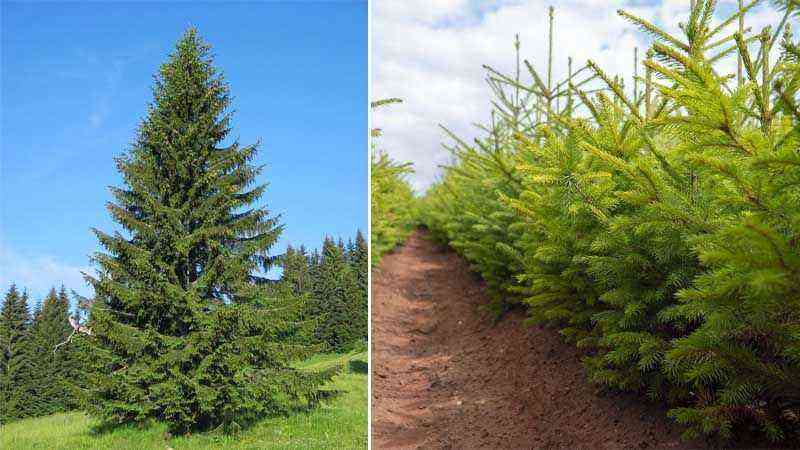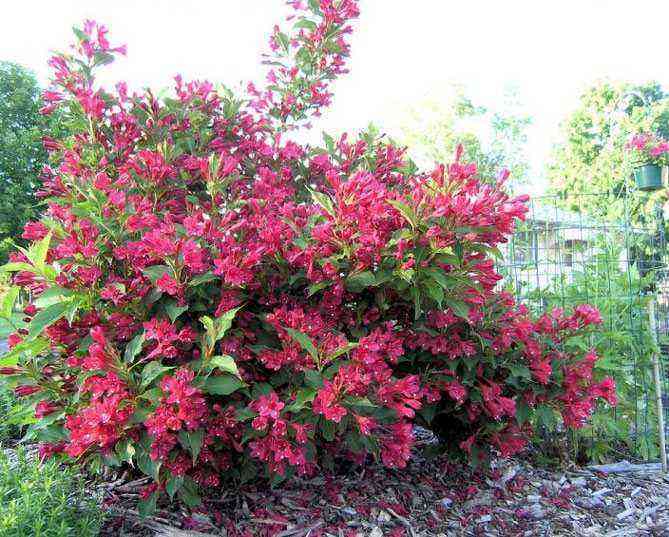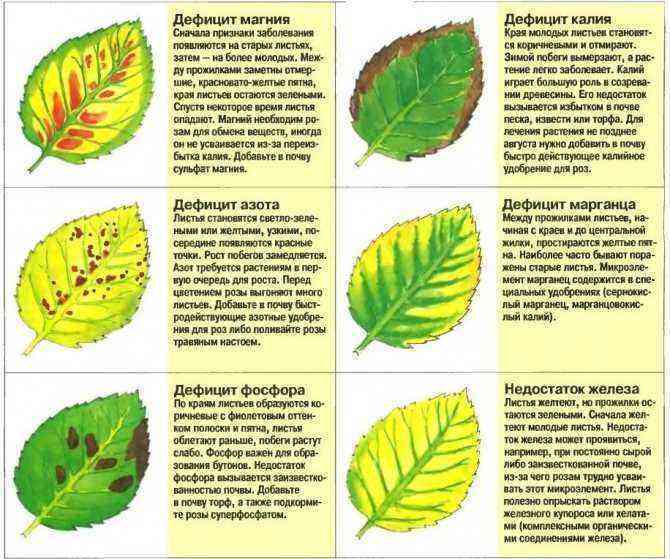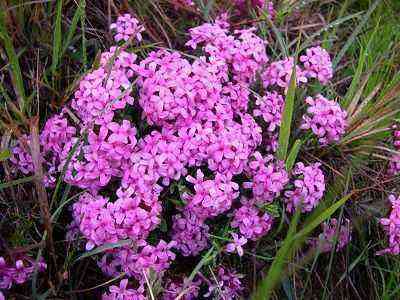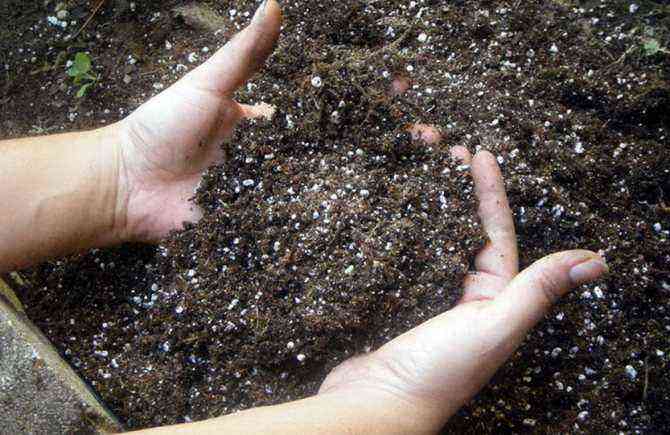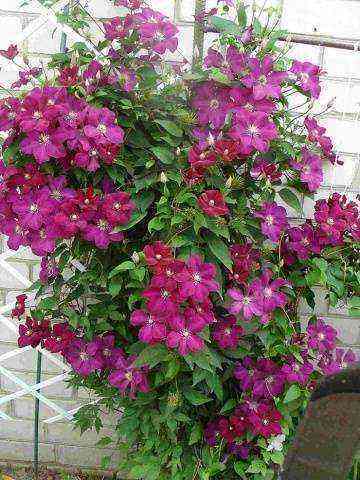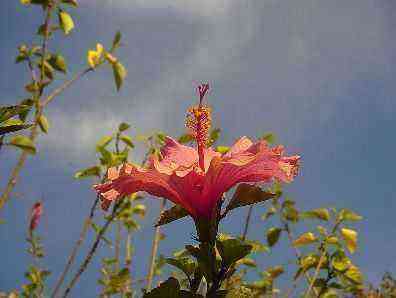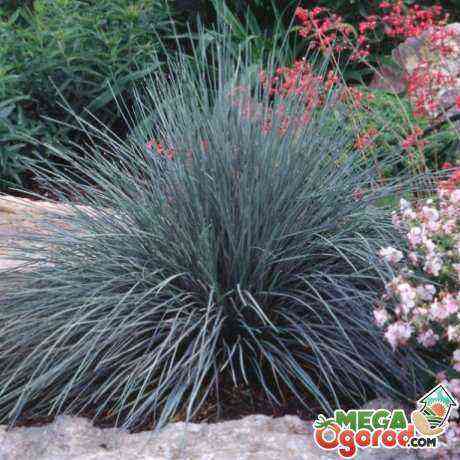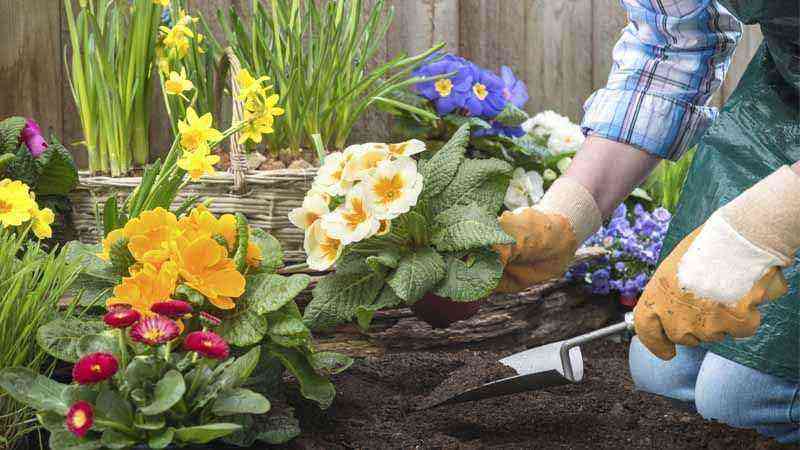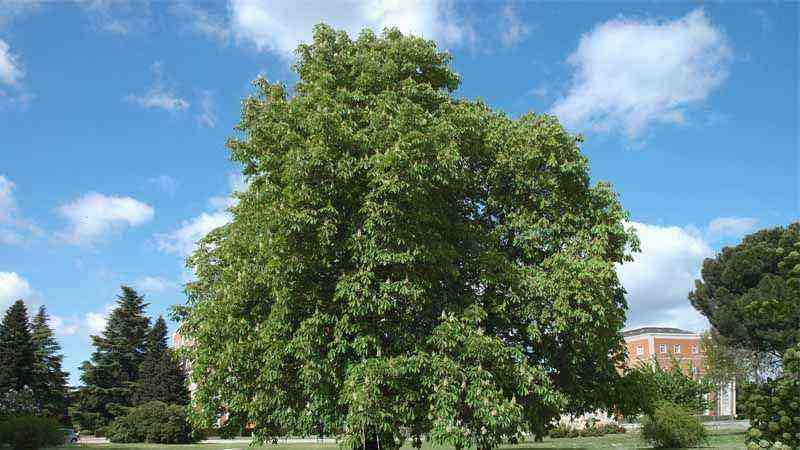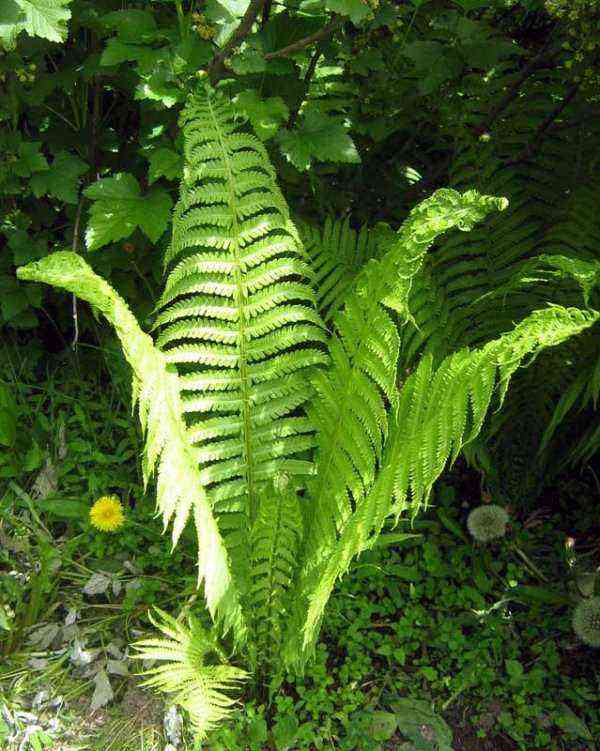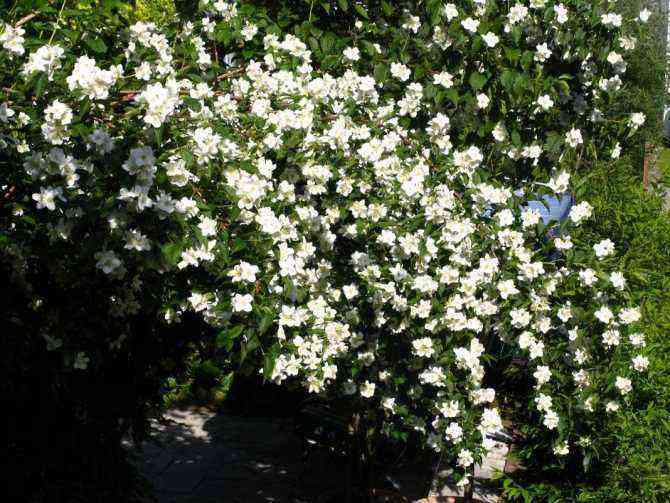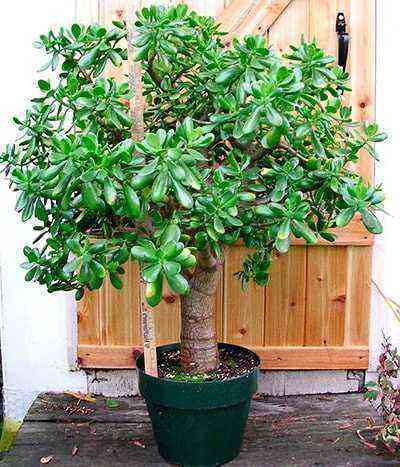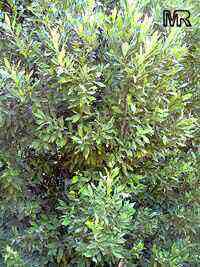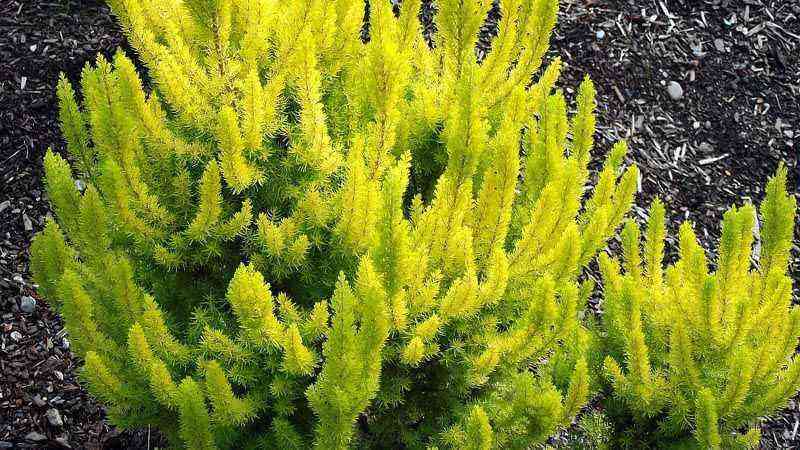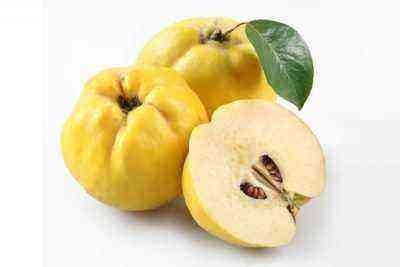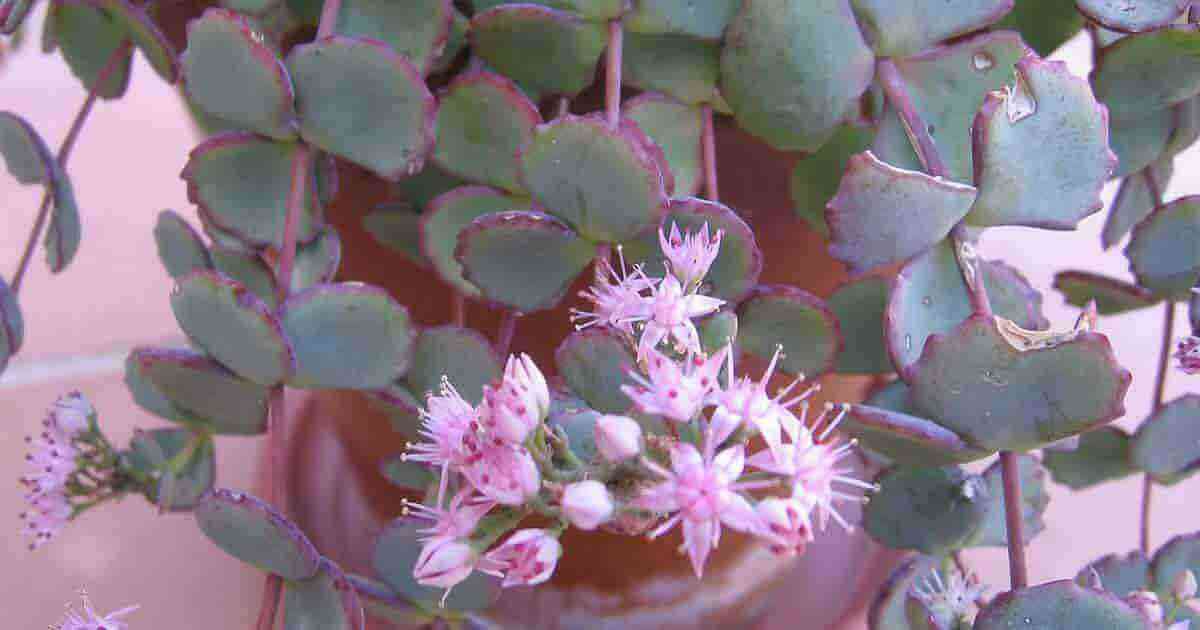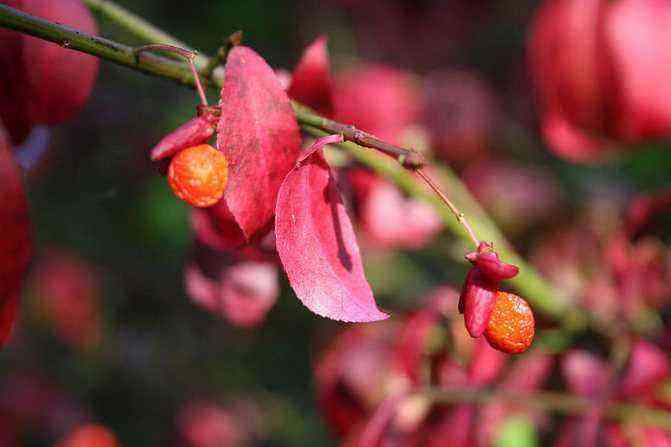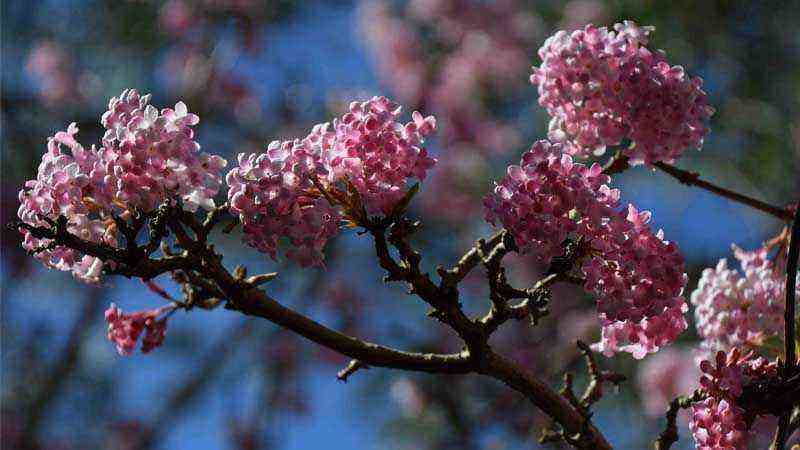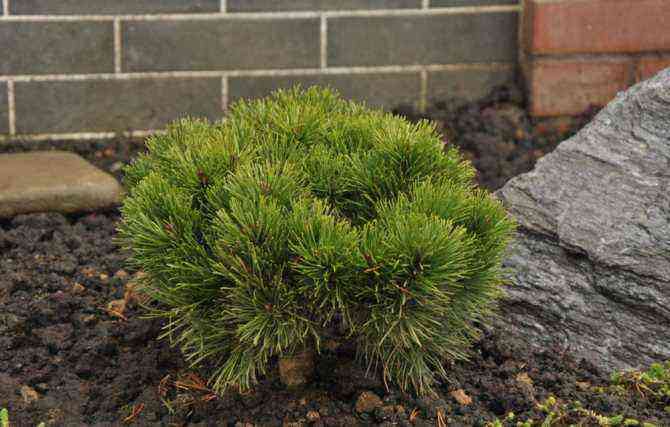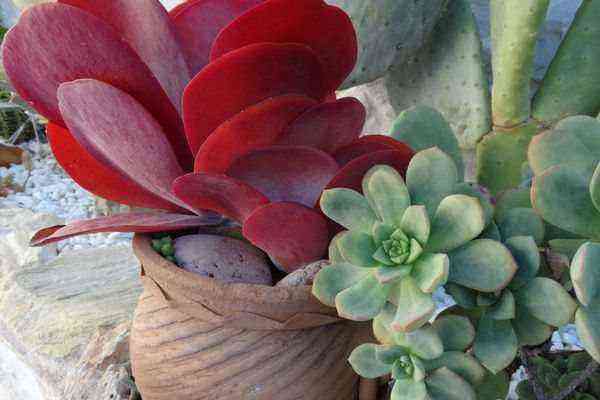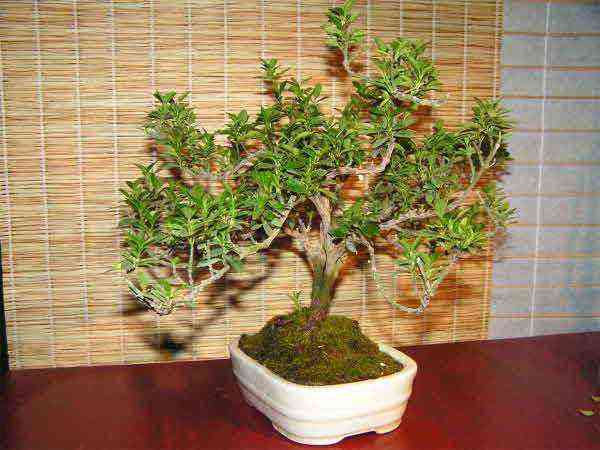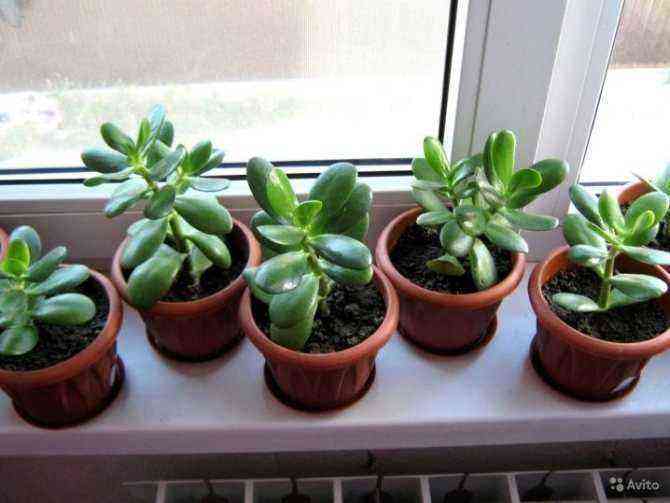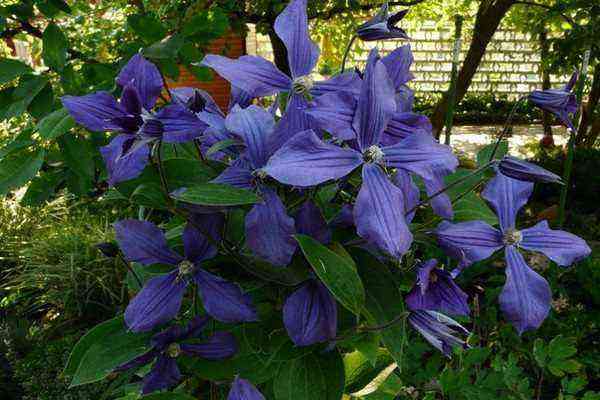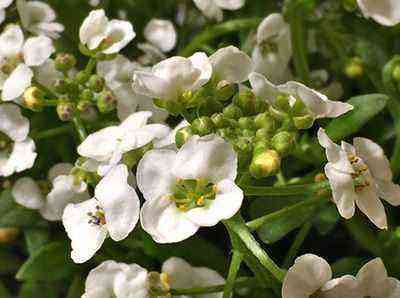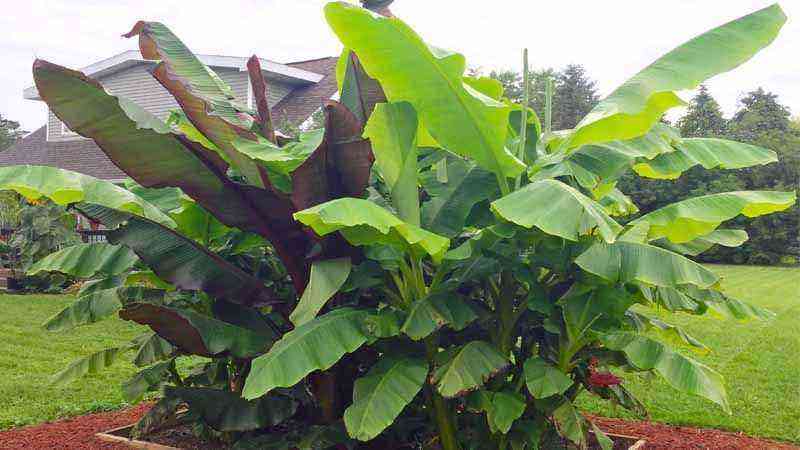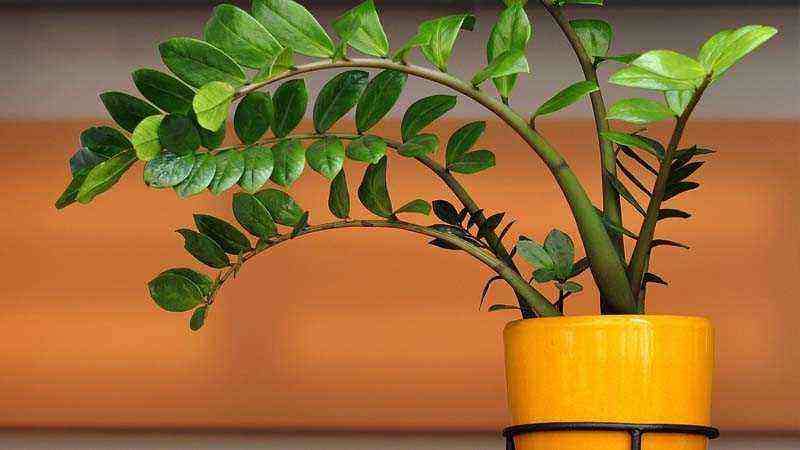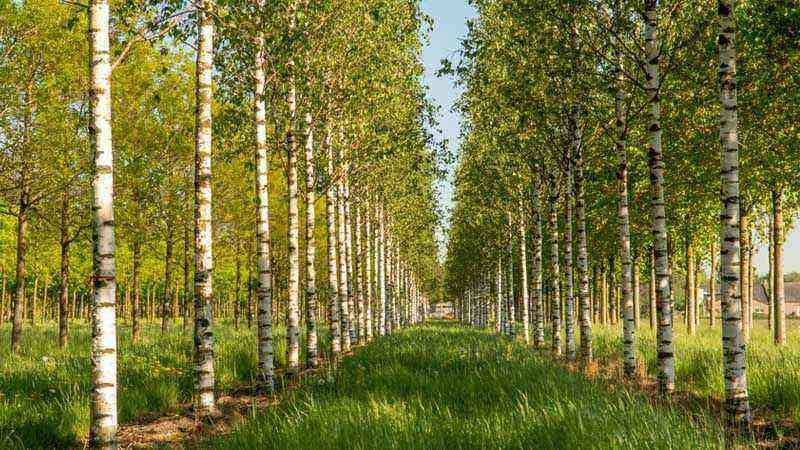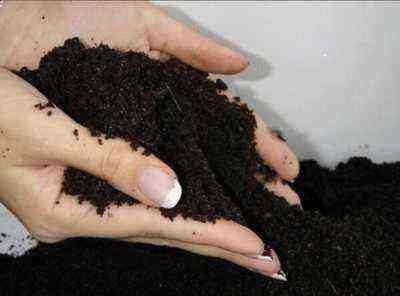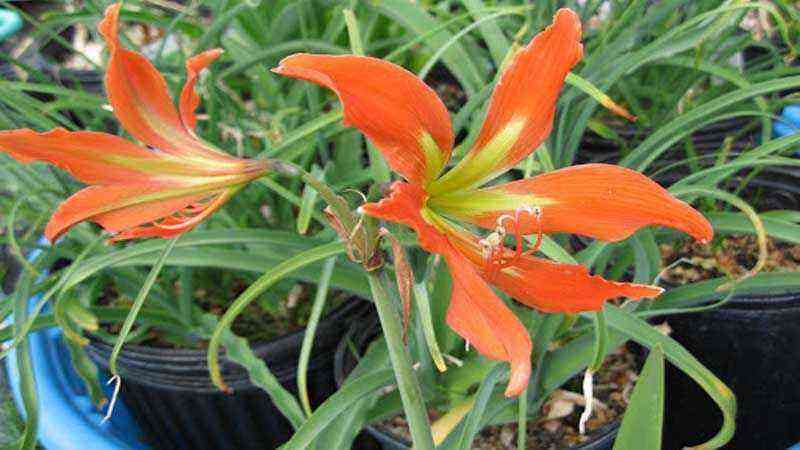What an ideal date to talk about such a common and well-known tree at Christmas as is the fir. In this case we are going to a specific type of fir, the red fir or more commonly known as Christmas tree.
For those who want to use it after these dates, here are the keys to its cultivation.
Although commonly the Christmas tree that we place inside our houses is not always a fir (thank goodness), to this specific species of fir, the red fir (Picea abies) is known as Christmas tree.
It has its origin in Europe and is widely cultivated. And it is, all be said, for its use at Christmas. It also has its place in some parks and gardens in Spain as an ornamental, especially to generate shade, given the great height and width that it covers when it is an adult specimen.
Climatic characteristics of the spruce
El Christmas tree It is a species that resists low temperatures well, especially since it is grown in central Europe. However, it is sensitive to late frosts, when the tree begins to flower.
If we bring it to the Mediterranean area, we must consider that has to adapt to a hot summer climate (Compare the Mediterranean climate with the continental climate), and therefore, when the specimen is young, we will have to spray it with water from time to time (on very hot summer days). It is something like simulating a rain and creating a humid environment, typical of your area of origin.
Soil characteristics
When choosing a type of soil, he prefers the deep soils and that they are able to retain a good concentration of moisture. This is where the padding or mulching of which we will never tire of commenting, given the benefits that can be obtained from this ecological technique.
Irrigation and fertilization of spruce
We will therefore have to follow the previous recommendation of hosting a soil with sufficient moisture.
The spruce has a hard time adapting to climates with very hot summers, so it is time to give great importance to irrigation at that time.
We will not let the soil stay dry in summer, as it will be a problem for the fir (we would soon begin to see the tips turn yellowish).
You know, closely spaced irrigation (without flooding) and padding to achieve a longer duration of moisture in the floor.
As to subscriber, we can contribute several kg of organic matter at the end of winter (to promote its growth).
If we see that the needles of the spruce lose their natural green color, it may be due to a iron chlorosis that we will have to correct with the contribution of chelates.
Keys to its multiplication
Picea abies it has various forms of propagation. Seeds or cuttings. They are sown in spring and do not have any special problems in their germination and growth.
He has only one curiosity, and it is his need to stratify them.
This method simply consists of entering them into the refrigerator for about 2 months on average, where immediately after removing the cold they are cultivated and germination begins.
